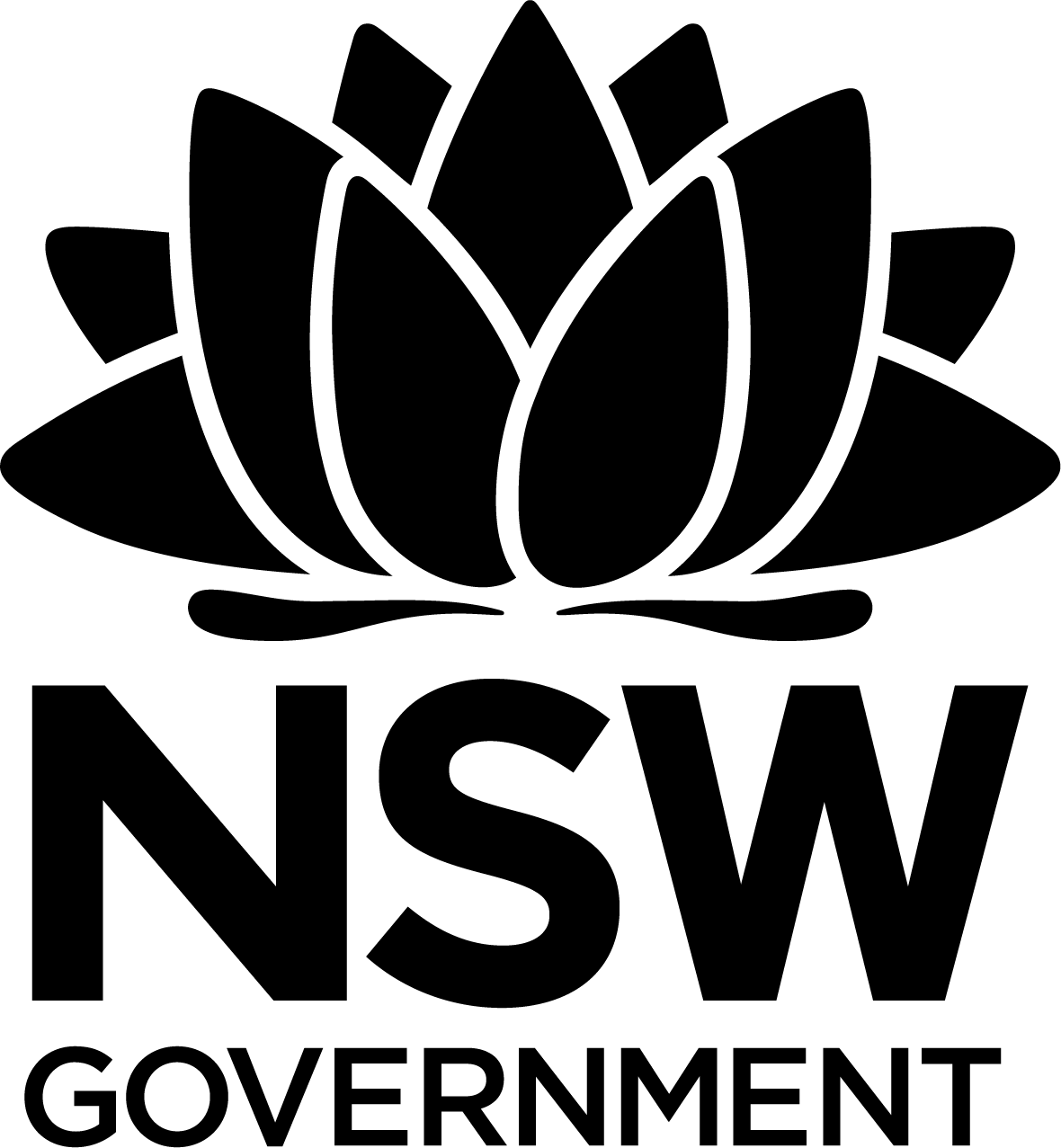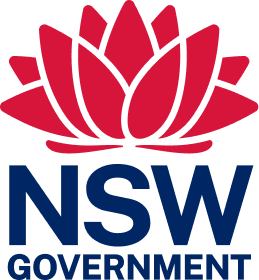
Crown land manager resource
Leases and licences
Crown reserves are used by a wide range of organisations and individuals. Any group or individual who organises activities on Crown land other than the Crown land manager is known as a user. Common examples of users include sporting clubs, service organisations, small business, schools, the local council, and individuals. From one-off activities such as a hall hire for a birthday party through to a 10-year lease on a racecourse, there is a range of different types of tenure for which Crown land managers (CLMs) are responsible under the Crown Land Management Act 2016 (CLM Act).
In situations where the CLM is not organising or conducting an activity, they should not take responsibility for the risks involved, but rather enter into a suitable agreement that passes the responsibilities to the user. Granting a tenure to third parties sets out the rights and responsibilities of both the CLM and the tenure holder (organisation or individual).
Income generated through tenure is a primary form of funding for a CLM. The income can cover running costs and be invested in long-term improvements of the Crown land.
The key principles of granting tenure over Crown land are:
- Ensure the tenure purpose/s is consistent with the purpose/s for which the Crown land is reserved or dedicated (or is ancillary or incidental).
- Certain tenures cannot be granted over the Crown land if they are prohibited under the Native Title Act 1993. Native title legislation always overrides the CLM Act.
- Tenures are to be granted to suitable holders in the best interest of managing the Crown land in accordance with the objects and principles of the CLM Act.
- Market rent should be sought and obtained for tenure. A rebate, or waiver, to market rent may be granted where suitable, though final rent generally should not be less than the statutory minimum rent. The statutory minimum rent value (for a 12 month period) can be found on the Crown Lands website. The final rent amount is to be the best return possible for the CLM to invest in maintaining and improving the Crown reserve over the long term.
- Ensure the process undertaken to select a suitable holder is open, transparent and accountable so that dealings promote fairness and competition.
- The requirements of the Community Engagement Strategy must be followed prior to issuing tenure for a term greater than 12 months.
The requirements of entering into tenure vary depending on the type (council or non council) and category (1 or 2) of CLM.
Non-council Crown land managers
Category 1 CLMs are authorised to issue leases and licences for a period up to 10 years (including any option to renew) without the minister’s consent. However, a requirement of the Community Engagement Strategy is that the minister is informed of leases with terms of up to 10 years, and licences for terms greater than 12 months and up to 10 years. Longer term leases and licences can be issued with the minister’s consent.
Category 2 CLMs are authorised to issue short-term licences of up to 12 months without the minister’s consent. Leases, and licences for terms longer than 12 months can be issued with the minister’s consent.
In granting a lease or licence (excluding short-term licences), non-council CLMs are encouraged to contact the department early to confirm, at a minimum:
- the appropriateness of the proposed tenure with the reserved or dedicated Crown land purpose
- Community Engagement Strategy requirements
- market rent, and any appropriate rebates or waivers for non-commercial tenure holder
- if approval under the Environmental Planning and Assessment Act 1979 or any other legislation is required
- native title rights and Aboriginal land claims.
Council Crown land managers
From 1 July 2018, local councils are appointed to manage Crown reserves under the public land provisions of the Local Government Act 1993, including the granting of leases and licences.
Interim arrangements under clause 70 of the Crown Land Management Regulation 2018 allow local councils to grant certain leases and licences on Crown land until either a plan of management (POM) under the Local Government Act 1993 is adopted or the Crown land is classified as operational land with the minister’s consent.
For more information on transitional provisions, visit the Council Crown Land Manager section.
Table 1 is a summary of the types of tenure that can be issued by non-council CLMs, and references the relevant sections and requirements of the CLM Act.
| Type of lease or licence | Term | Category of non-council CLM | Authority under CLM Act | Minster's consent | Community Engagement Strategy |
|---|---|---|---|---|---|
| Short-term licence under s.2.20 | Up to 12 months | Category 1 | s.3.17 | Not required | Exempt |
| Category 2 | |||||
| Licence under s.5.3 | Up to 10 years | Category 1 | s.3.26(2) | Not required* | Applies |
| Over 10 years | s.3.26(1) | Required | |||
| Over 12 months | Category 2 | s.3.27(2) | |||
| Lease under s.5.3 | Up to 10 years | Category 1 | s3.26(2) | Not required* | |
| Over 10 years | s.3.26(1) | Required | |||
| Any term | Category 2 | s3.27(1) |
* Consent is not required, however, the minister must be informed if more than 12 months.
Regulatory requirements
- Types of tenure:
- Authority under Crown Land Management Act 2016 for Crown land managers to grant tenure:
Community Engagement Strategy
Crown land is used by the community for a wide range of activities and purposes. The Community Engagement Strategy (CES) ensures that decisions about Crown land are made in an open and transparent way, and must be complied with when issuing a lease or a licence.
As the CES is a new requirement under the CLM Act, we recommend you contact the department early in the process of establishing a tenure agreement.
This Crown land manager web resource was printed on 24 Apr 2025. The information contained in this web resource is based on knowledge and understanding at the time of writing Apr 2025. However, because of advances in knowledge, users are reminded of the need to ensure that the information upon which they rely is up to date and to check the currency of the information by referring to the website (www.reservemanager.nsw.gov.au).
© State of New South Wales through Department of Planning, Industry & Environment 2025.
Page link: https://reservemanager.crownland.nsw.gov.au/using-crown-reserves/leases-and-licences2

